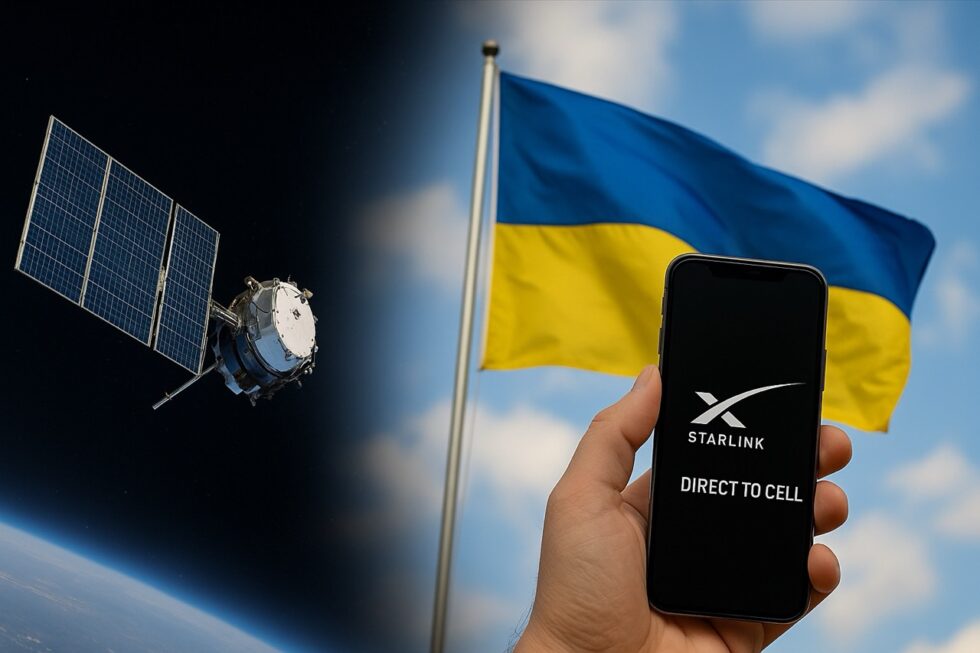Ukraine has officially launched the beta testing of the innovative Starlink Direct to Cell technology. This new service will allow Ukrainians to maintain communication even in remote areas without any mobile network coverage.
The announcement was reported by G.Business, citing First Deputy Prime Minister and Minister of Digital Transformation of Ukraine Mykhailo Fedorov, who shared the news in his official Telegram channel and stressed the strategic importance of this step for the country’s connectivity.
“This technology (Starlink Direct to Cell) will allow Ukrainians to remain connected without mobile network coverage via SMS,” Fedorov stated in his post.
According to Fedorov, the technology requires only a 4G-capable smartphone with either a physical SIM or an eSIM card. No additional or expensive satellite equipment is necessary. The only requirement is a direct, unobstructed line of sight to the sky.
He explained that the system will be especially useful in mountainous terrain, during severe weather, in the event of network outages, or when electricity is unavailable.
The official nationwide launch of Starlink Direct to Cell in Ukraine is scheduled for autumn 2025.
Fedorov also reported that he personally tested the system together with Oleksandr Komarov, CEO of Ukraine’s largest mobile operator Kyivstar. During the test, the two exchanged the first-ever text messages in Ukraine sent directly via the Starlink satellite network.
The minister noted that, alongside Ukraine, Australia, Japan, Canada, and New Zealand are also among the first countries to introduce the technology.
“Despite the war, we continue to develop innovative solutions, as reliable communication for every Ukrainian is one of our key priorities,” Fedorov emphasized in his Telegram message.
Technical background
Starlink Direct to Cell is a service developed by SpaceX that enables ordinary LTE smartphones to connect directly to Starlink satellites in orbit. The satellites are equipped with special eNodeB modems, which function like mobile base stations in space.
Initially, the service supports only text messaging. In 2026, voice calls are expected to be introduced, followed by mobile data services in 2027. This gradual rollout aims to ensure basic communications in disaster zones, during large-scale power or network outages, and in regions with no conventional telecom infrastructure.
Stay connected for news that works — timely, factual, and free from opinion — and insights that matter now: Why Should Women in Germany Invest Differently – Key Features and Tips.






